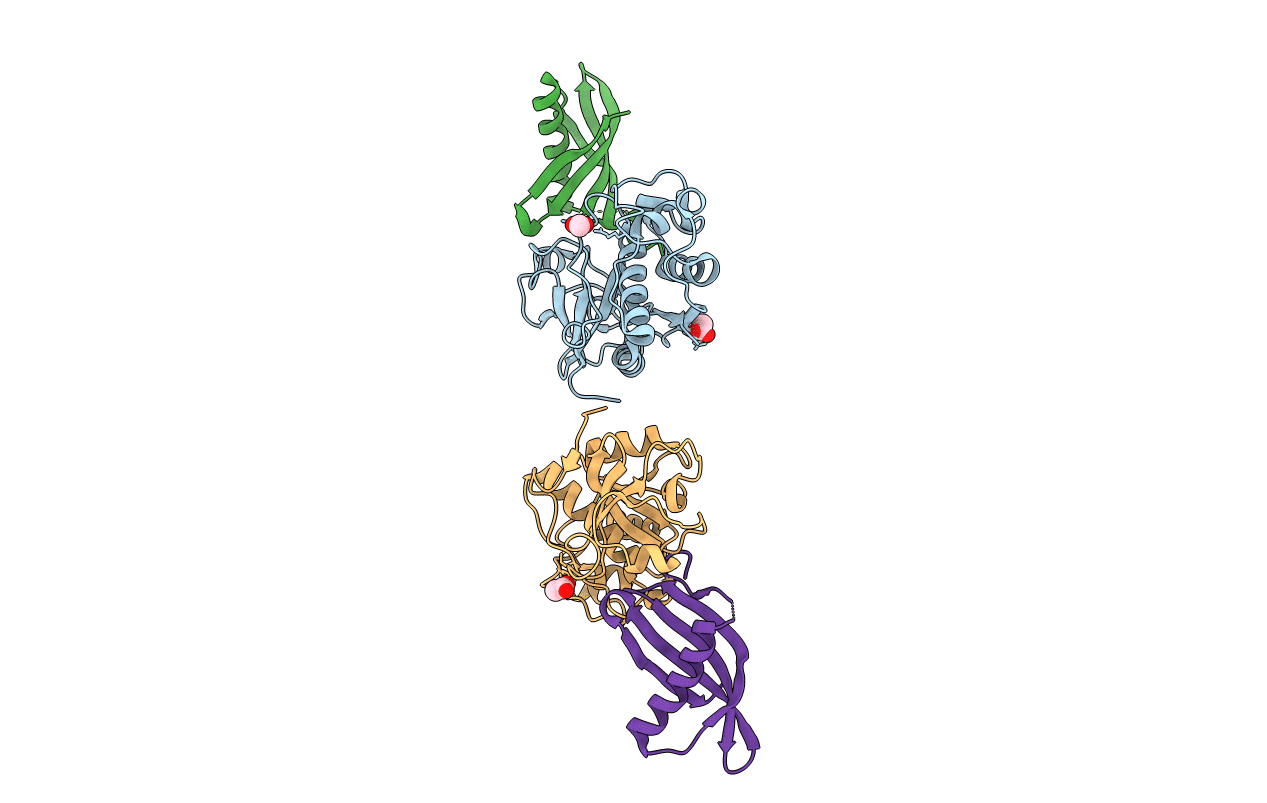
Deposition Date
2009-08-10
Release Date
2010-02-16
Last Version Date
2023-11-22
Entry Detail
PDB ID:
3IMA
Keywords:
Title:
Complex structure of tarocystatin and papain
Biological Source:
Source Organism:
Colocasia esculenta (Taxon ID: 4460)
Carica papaya (Taxon ID: 3649)
Carica papaya (Taxon ID: 3649)
Host Organism:
Method Details:
Experimental Method:
Resolution:
2.03 Å
R-Value Free:
0.23
R-Value Work:
0.18
R-Value Observed:
0.18
Space Group:
P 21 21 21


